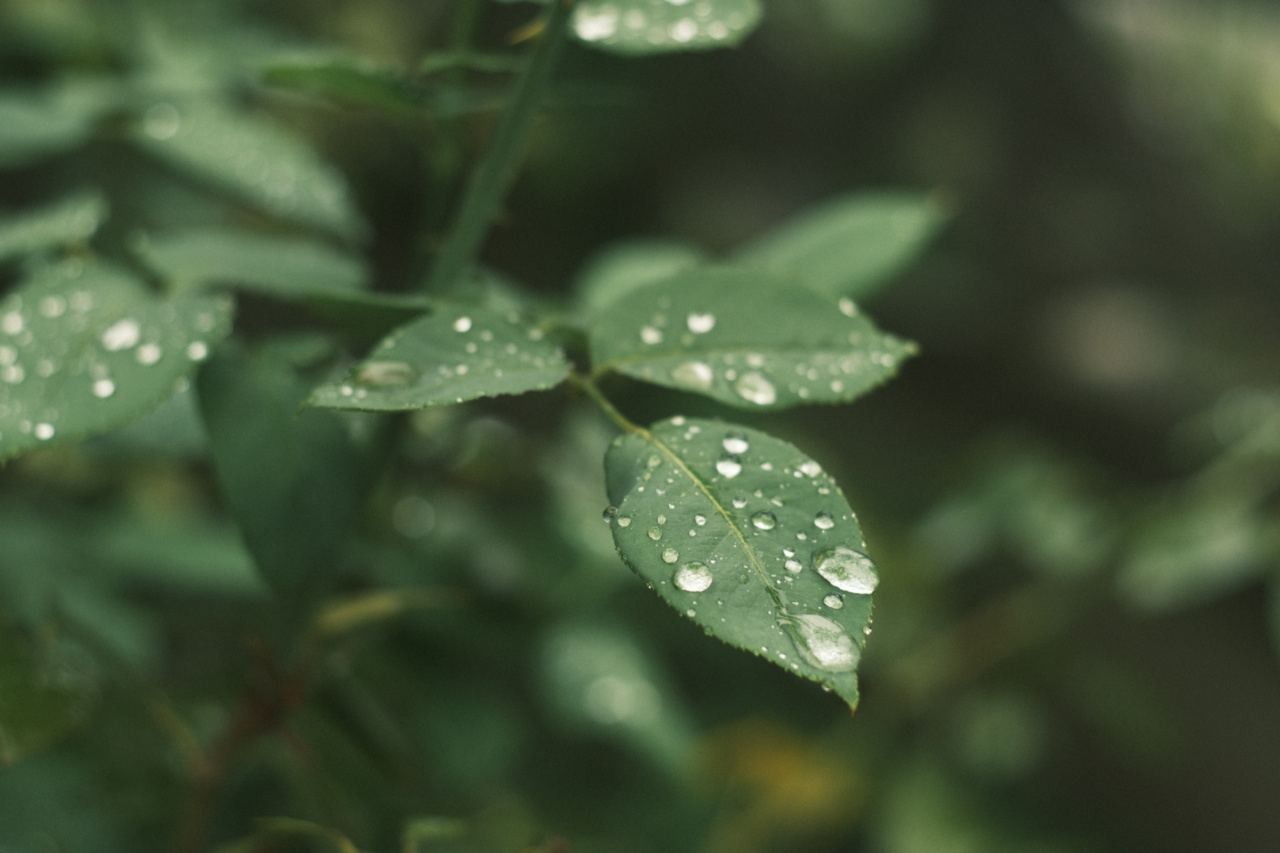Rain has long been associated with joint pain and stiffness. Many individuals claim that their joints ache more when it’s raining or when the weather is damp.
This phenomenon even has a name – “weather-induced joint pain.” But is there any truth to this claim, or is it just an old wives’ tale? Let’s delve into the science behind rain and joint pain to find out.
The Link Between Rain and Joint Pain
For centuries, people have anecdotally reported an increase in joint pain during rainy weather. However, scientific studies have yielded mixed results, making it difficult to draw conclusions.
Nevertheless, several theories have been proposed to explain the alleged connection between rain and joint pain.
Changes in Atmospheric Pressure
One commonly proposed explanation is changes in atmospheric pressure. Atmospheric pressure refers to the weight of the air pressing down on the Earth’s surface. It tends to decrease during rainy weather.
Some believe that these pressure changes can affect the pressure inside the joints, leading to discomfort and pain.
However, the evidence supporting this theory is limited and conflicting. Several studies have failed to find a significant association between changes in atmospheric pressure and joint pain.
Additionally, joints are covered by the synovial membrane and fluid, which act as cushions and buffer against pressure changes.
Inflammation and Fluid Retention
Another theory suggests that rainy weather may exacerbate inflammation in the body, leading to joint pain. It is known that rainy days are associated with higher humidity levels.
Increased humidity can affect individuals with inflammatory conditions, such as arthritis or fibromyalgia, as it may lead to fluid retention and tissue swelling. This can put additional pressure on the joints, leading to discomfort.
However, more research is needed to determine whether humidity and the accompanying inflammation can directly cause joint pain. The complex nature of inflammatory conditions makes it challenging to pinpoint a singular cause-effect relationship.
Vitamin D Deficiency
A lack of vitamin D has been linked to various health issues, including joint pain. Rainy weather often means less exposure to sunlight, which is a crucial source of vitamin D.
Inadequate levels of vitamin D can result in bone and muscle pain, and may even contribute to the development of conditions such as osteoporosis and rheumatoid arthritis. So, could the reduced sunlight during rainy days be the culprit behind joint pain?.
While vitamin D deficiency may indirectly contribute to joint pain, the link between rainy weather and vitamin D levels is not sufficient to explain the alleged increase in joint pain during rain.
Even during cloudy or rainy days, the ultraviolet rays responsible for vitamin D synthesis can still penetrate the clouds to some extent.
Possible Psychological Factors
It is important to acknowledge that pain perception is a complex phenomenon that involves both physiological and psychological factors.
Some individuals may have a strong belief in the connection between rain and joint pain, leading to a heightened perception of discomfort during rainy weather. This psychological aspect cannot be ignored when discussing the relationship between rain and joint pain.
Scientific Studies: The Verdict
Scientific studies on the connection between rain and joint pain have yielded inconclusive results. Some studies suggest a positive association, while others find no significant link.
The lack of consistency makes it difficult to draw definitive conclusions.
It is worth noting that pain is a subjective experience, and various factors can influence an individual’s perception of it.
Factors such as age, overall health, existing medical conditions, and psychological state can all play a role in amplifying or diminishing perceived joint pain.
Ultimately, whether rain can directly cause joint pain or worsen pre-existing conditions remains a topic of debate. More research is needed to unravel the intricacies of this phenomenon and establish concrete evidence.
Managing Joint Pain
Whether rain actually affects joint pain or not, managing joint pain is crucial for individuals who experience chronic discomfort. Here are some tips to help alleviate joint pain:.
1. Regular Exercise
Engaging in low-impact exercises, such as swimming, walking, or cycling, can help strengthen the muscles around the joints and improve flexibility. Consult a healthcare professional for exercise recommendations tailored to your specific needs.
2. Maintaining a Healthy Weight
Excess weight puts additional strain on the joints, leading to increased discomfort. Maintaining a healthy weight can help reduce the load on your joints, minimizing pain and improving overall joint health.
3. Applying Heat or Cold
Using heat packs or cold compresses can provide temporary relief for joint pain. Heat therapy helps relax the muscles and improve blood circulation, while cold therapy can reduce inflammation and numb the area.
4. Taking Over-the-Counter Medications
Nonsteroidal anti-inflammatory drugs (NSAIDs), such as ibuprofen or naproxen, can help alleviate mild joint pain. However, it is important to consult with a healthcare professional before long-term use.
Conclusion
The alleged connection between rain and joint pain remains a subject of debate. While many individuals claim to experience increased joint pain during rainy weather, scientific evidence is inconclusive.
Numerous factors, including changes in atmospheric pressure, inflammation, vitamin D levels, and psychological factors, may contribute to the perceived increase in joint pain. However, more research is needed to establish concrete evidence.
It is important for individuals with chronic joint pain to focus on effective pain management techniques rather than solely relying on weather patterns.
Consult with healthcare professionals to determine the best approach for managing joint discomfort and improving overall joint health.































